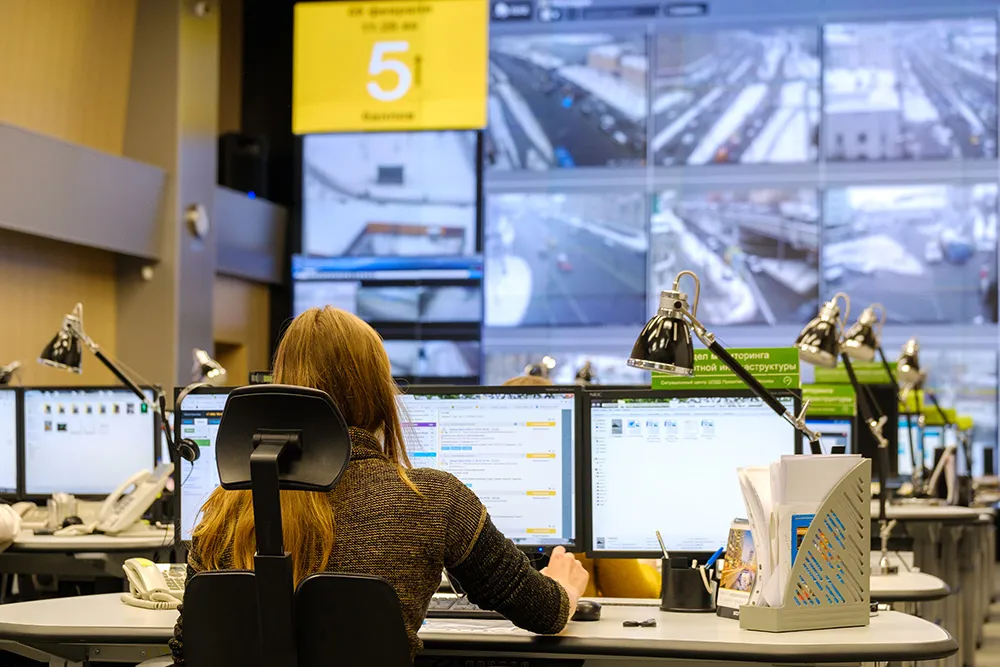Since it launched on 30 November last year, Dart Charge has already helped to speed up journeys by removing the need to stop at a barrier to pay the Dartford Crossing charge.
To get the most benefit from the changes, the UK Highways Agency has developed a new way of identifying and managing over-height vehicles and dangerous loads before they enter the tunnel, a job that until now was carried out at the payment barriers.
All major tunnels have rules about what substances can be taken through them an
January 21, 2015
Read time: 3 mins
Since it launched on 30 November last year, Dart Charge has already helped to speed up journeys by removing the need to stop at a barrier to pay the Dartford Crossing charge.
To get the most benefit from the changes, the1841 UK Highways Agency has developed a new way of identifying and managing over-height vehicles and dangerous loads before they enter the tunnel, a job that until now was carried out at the payment barriers.
All major tunnels have rules about what substances can be taken through them and the Dartford tunnels are no exception. Vehicles carrying some of these substances may require an escort though the tunnels; some others may be prohibited altogether and need to find an alternative route. In addition, the two tunnels at the Dartford Crossing are slightly different sizes, having been opened almost 20 years apart. Vehicles more than 4.8 metres high can only use the eastern tunnel, and vehicles more than five metres high cannot use the tunnels at all.
The new system will detect whether a vehicle is too tall, wide or long to enter the tunnels or whether it is carrying hazardous goods that mean it cannot enter the tunnels or needs to be escorted. These will trigger a system of traffic signals and barriers that will stop the vehicle.
The new safety system will use various detectors to identify the vehicles, signs to encourage drivers to get into the correct lane in good time, and barriers and traffic signals to control them - bringing them to a safe stop and turning them around if necessary. Lanes at the side of the main carriageway will enable this to be done quickly and efficiently, minimising delays for other drivers. The system has been extensively tested over the last six months at a disused airfield using vehicles from a local haulage company.
Highways Agency project director Nigel Gray said: “With Dart Charge, drivers no longer stop at a barrier to pay the crossing charge, speeding up journeys and reducing congestion. But the barriers are also the point at which we have identified and managed dangerous loads and oversized vehicles – so now we need a new approach. This system has been extensively tested and will be able to do the job effectively, and without requiring every driver to stop. It is a big part of fully realising the benefits that Dart Charge is already bringing.”
Construction of the new system of traffic signals and barriers on the northbound carriageway will begin in late January and is due to be completed by early April.
To get the most benefit from the changes, the
All major tunnels have rules about what substances can be taken through them and the Dartford tunnels are no exception. Vehicles carrying some of these substances may require an escort though the tunnels; some others may be prohibited altogether and need to find an alternative route. In addition, the two tunnels at the Dartford Crossing are slightly different sizes, having been opened almost 20 years apart. Vehicles more than 4.8 metres high can only use the eastern tunnel, and vehicles more than five metres high cannot use the tunnels at all.
The new system will detect whether a vehicle is too tall, wide or long to enter the tunnels or whether it is carrying hazardous goods that mean it cannot enter the tunnels or needs to be escorted. These will trigger a system of traffic signals and barriers that will stop the vehicle.
The new safety system will use various detectors to identify the vehicles, signs to encourage drivers to get into the correct lane in good time, and barriers and traffic signals to control them - bringing them to a safe stop and turning them around if necessary. Lanes at the side of the main carriageway will enable this to be done quickly and efficiently, minimising delays for other drivers. The system has been extensively tested over the last six months at a disused airfield using vehicles from a local haulage company.
Highways Agency project director Nigel Gray said: “With Dart Charge, drivers no longer stop at a barrier to pay the crossing charge, speeding up journeys and reducing congestion. But the barriers are also the point at which we have identified and managed dangerous loads and oversized vehicles – so now we need a new approach. This system has been extensively tested and will be able to do the job effectively, and without requiring every driver to stop. It is a big part of fully realising the benefits that Dart Charge is already bringing.”
Construction of the new system of traffic signals and barriers on the northbound carriageway will begin in late January and is due to be completed by early April.









